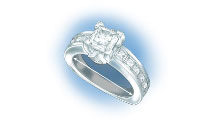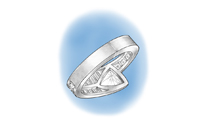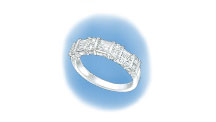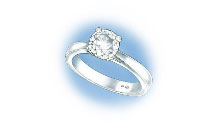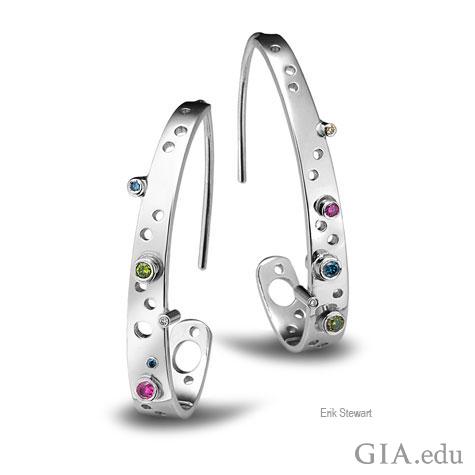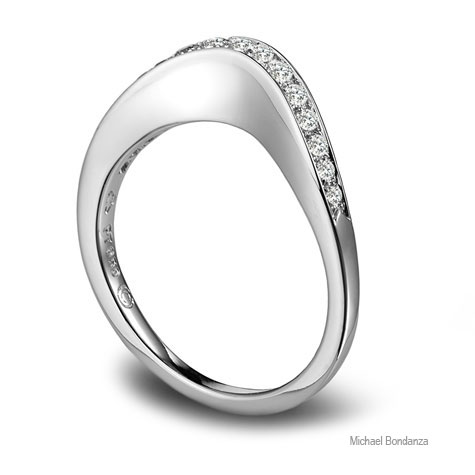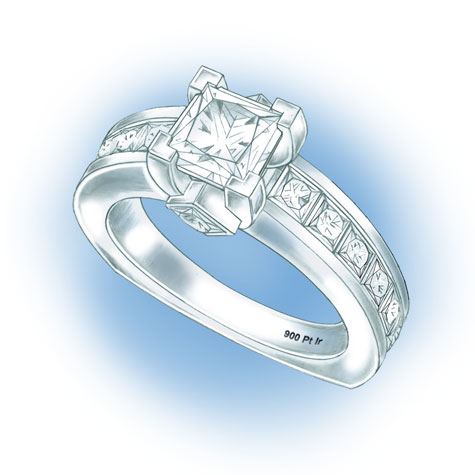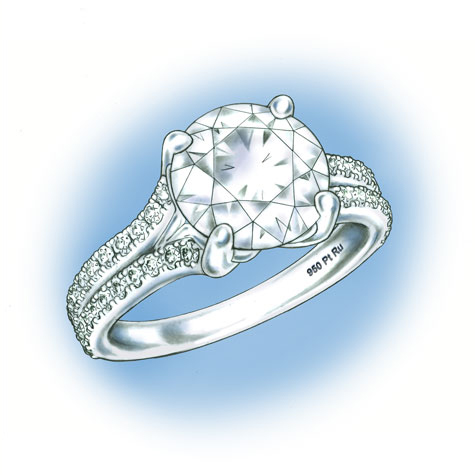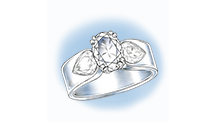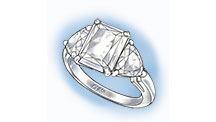Identify and Characterize Platinum Alloys
-
-
Sizing Down Platinum Rings
- Platinum Cobalt with no Diamonds in the Shank Using a Torch
- Sizing Down: Platinum Ruthenium Rings with Diamonds in the Shank Using a Torch
- Sizing Down: Platinum Cobalt Rings with Diamonds in the Shank Using a Laser Welder
- Sizing Down a Platinum Cobalt Ring with No Diamonds in the Shank Using a Laser Welder
-
Sizing Up Platinum Rings
- Platinum Alloy Ring with Diamonds in the Shank Using a Torch
- Platinum Ruthenium Rings with No Diamonds in the Shank Using a Torch
- Platinum Ruthenium with Diamonds in the Shank Using a Laser Welder
- Sizing Up a Platinum Band by Stretching
-
Additional Topics
- Accurate Determination of Finger and Ring Sizes
Featured Quality Assurance Benchmarks
-
-
- Features of Platinum Prong Settings
- Bead-setting Diamonds in a Platinum Ring Shank
- Platinum Cobalt Peg Settings: Installation and Removal
- Recommending Platinum Rings Based On Customer Lifestyle
- Setting a Round Center Stone in a Ring with Platinum Prongs
- Setting a Princess-cut Center Stone in a Platinum Mounting with V-Prongs
- Setting a Pear-shaped Center Stone in a Platinum Mounting with V-Prongs
- Assembly of a Platinum Cobalt Pear-Shaped Setting to a 14K Yellow Gold Mounting
- Installing a Round Platinum Ruthenium Peg Setting to a 14K Yellow Gold Mounting
Featured Quality Assurance Benchmarks
-
- Identify and Characterize Platinum Alloys
- Best Practices: Platinum Tools and How to Avoid Contamination
Featured Quality Assurance Benchmarks
